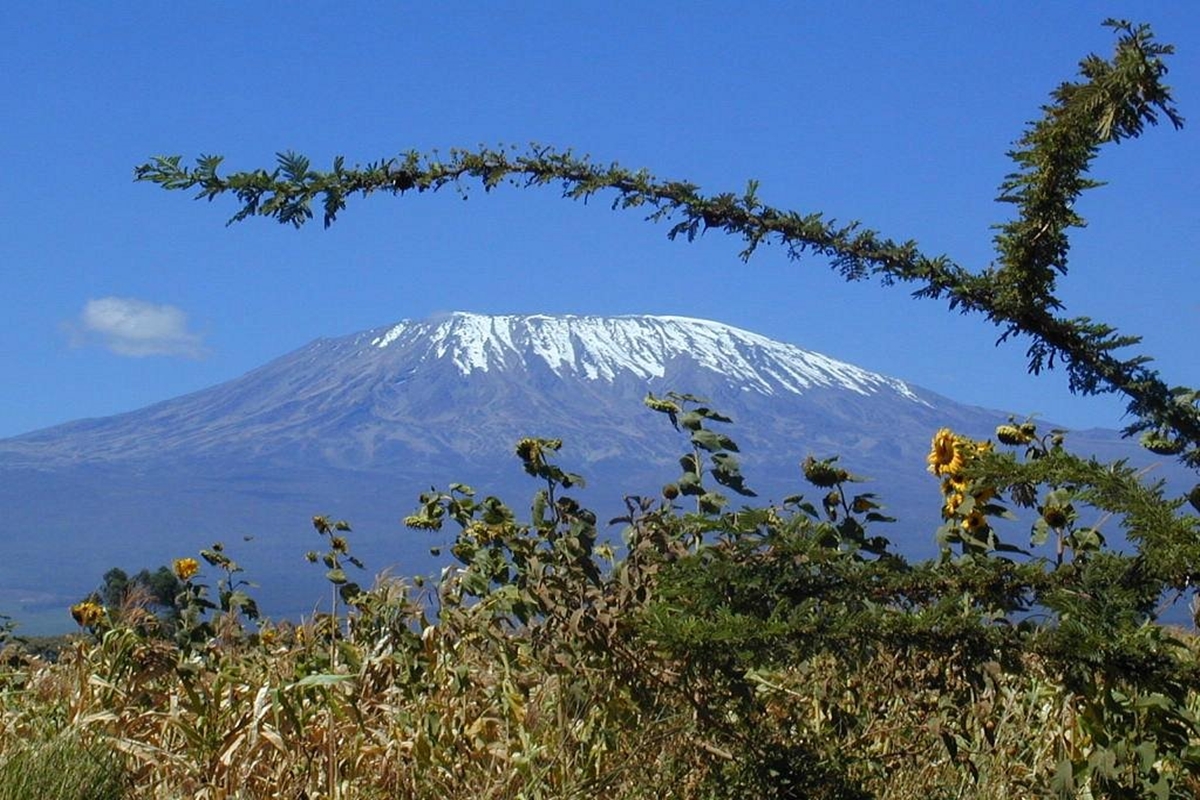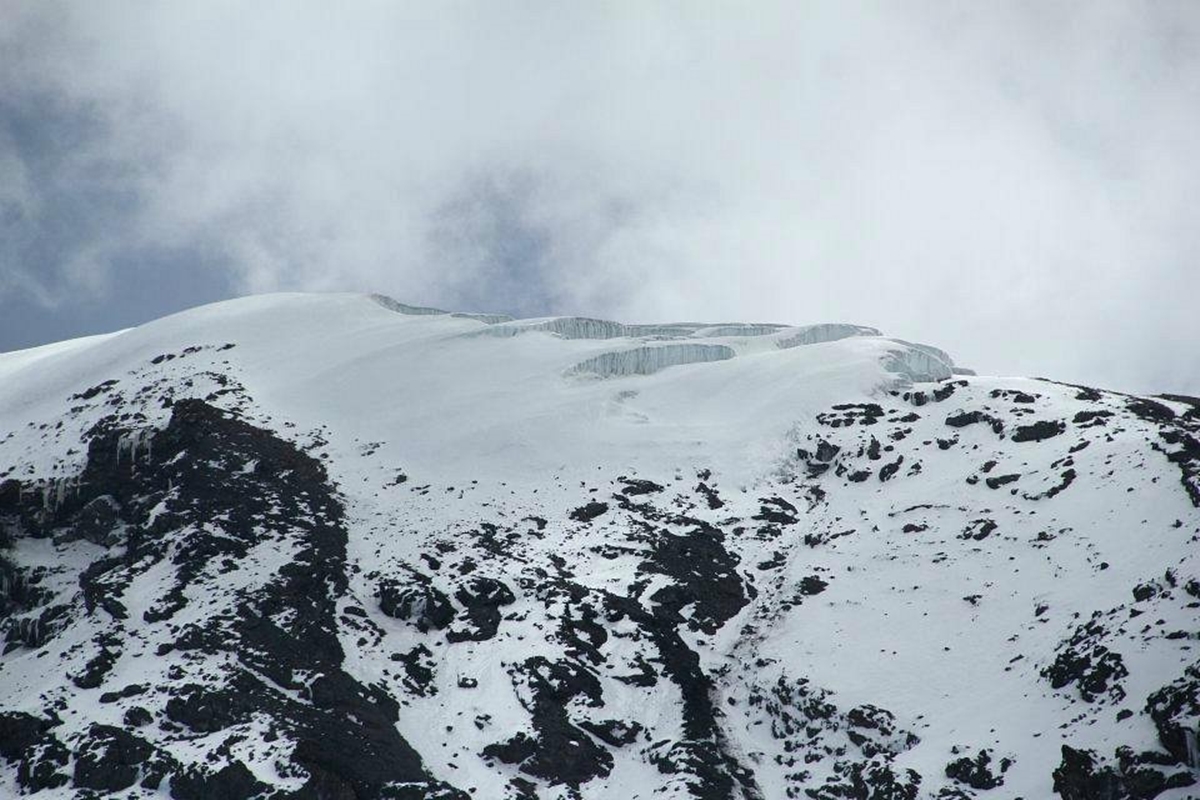Mount Kilimanjaro is a dormant volcano in Tanzania. It has three volcanic cones: Kibo, Mawenzi, and Shira (kibo is the highest peak of Mount Kilimanjaro) It is the highest mountain in Africa and the highest single free-standing mountain in the world: 5,895 meters above sea level and about 4,900 meters above its plateau base. Mount Kilimanjaro is located at northern east of Tanzania the place called by the name Kilimanjaro, which came from Chagga tribe who are living around the mountain.
Things which attract people to climb mount kilimanjar:
- 1. Nearly every climber who has summitted Uhuru Peak, the highest summit on Kibo’s crater rim, has recorded his or her thoughts about the accomplishment in a book stored in a wooden box at the top.
- 2. The oldest person ever to summit Mt. Kilimanjaro was 87-year-old Frenchman Valtee Daniel.
- 3. Almost every kind of ecological system is found on the mountain: cultivated land, rain forest, heath, moorland, alpine desert and an arctic summit.
- 4. The fasted verified ascent of Mt. Kilimanjaro occurred in 2001 when Italian Bruno Brunod summitted Uhuru Peak in 5 hours 38 minutes 40 seconds. The fastest roundtrip was accomplished in 2004, when local guide Simon Mtuy went up and down the mountain in 8:27.
- 5. The mountain’s snow caps are diminishing, having lost more than 80 percent of their mass since 1912. In fact, they may be completely ice free within the next 20 years, according to scientists.
- 6. Shamsa Mwangunga, National Resources and Tourism minister of Tanzania, announced in 2008 that 4.8 million indigenous trees will be planted around the base of the mountain, helping prevent soil erosion and protect water sources.
- 7. South African Bernard Goosen twice scaled Mt. Kilimanjaro in a wheelchair. His first summit, in 2003, took nine days; his second, four years later, took only six. Born with cerebral palsy, Goosen used a modified wheelchair, mostly without assistance, to climb the mountain.
- 8. Approximately 25,000 people attempt to summit Mt. Kilimanjaro annually. Approximately two-thirds are successful. Altitude-related problems is the most common reason climbers turn back.


